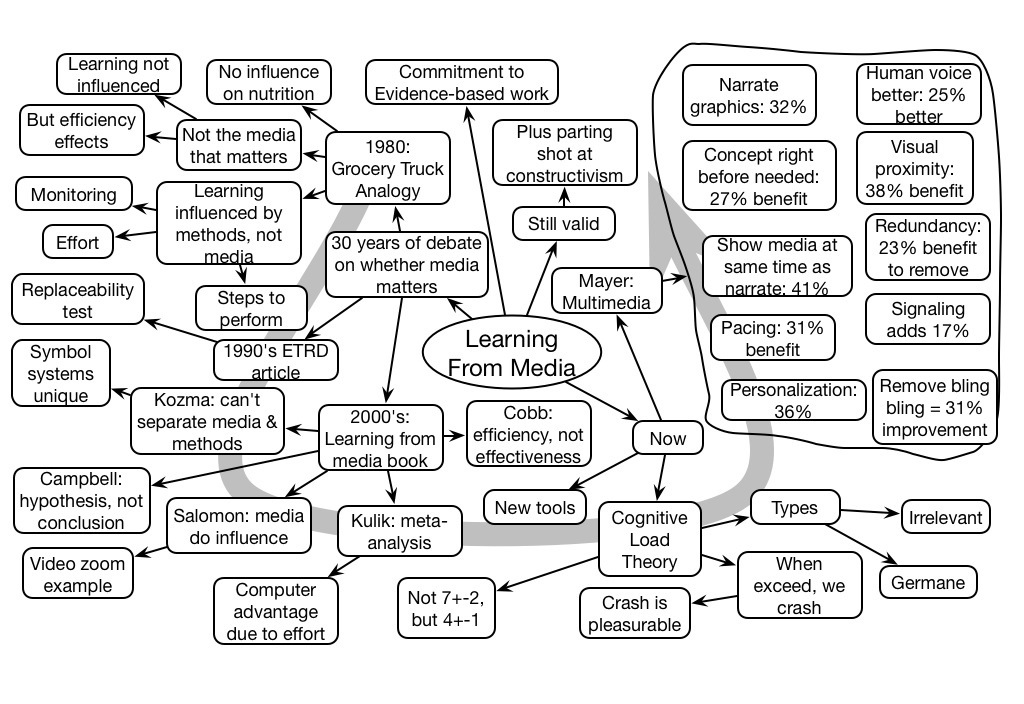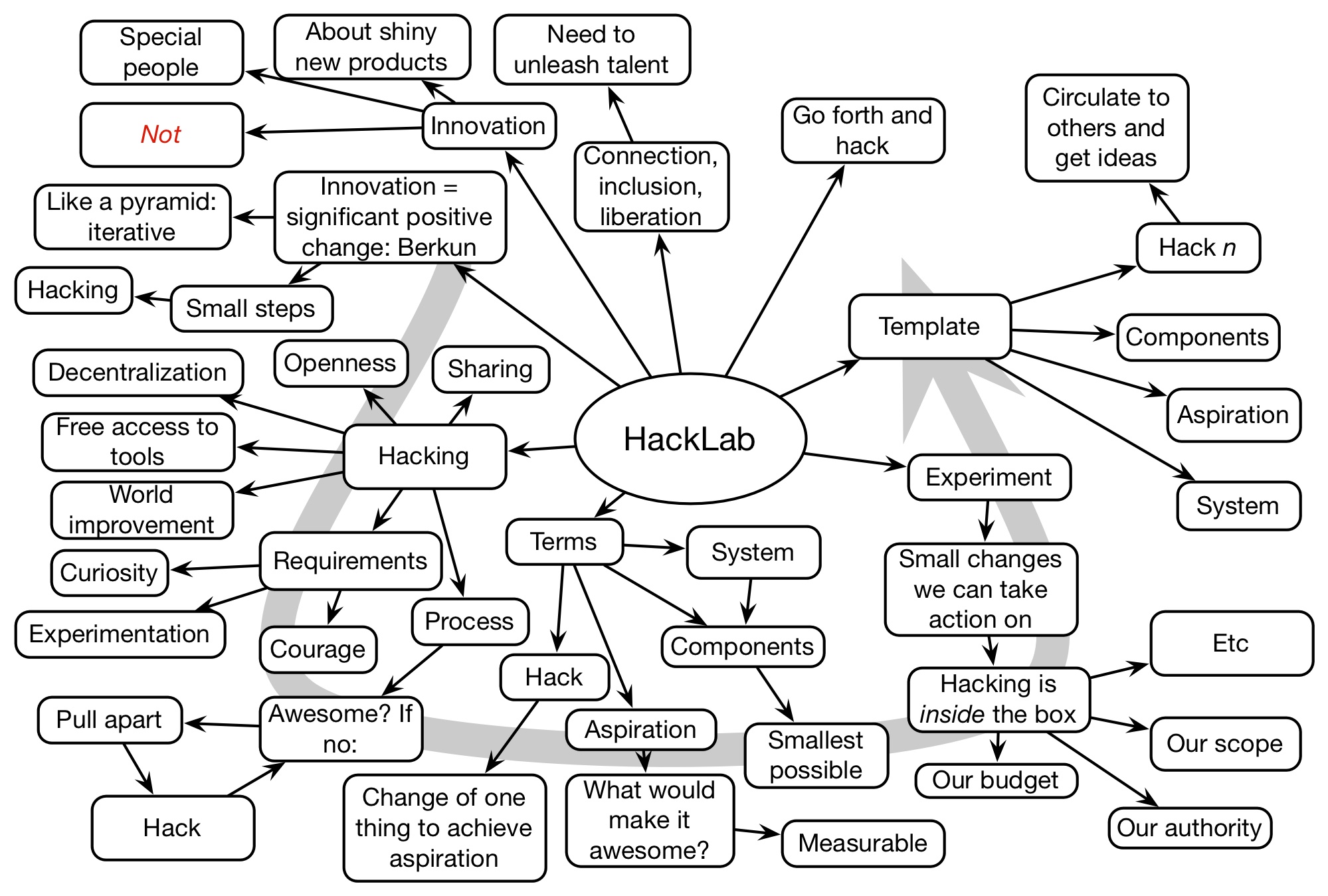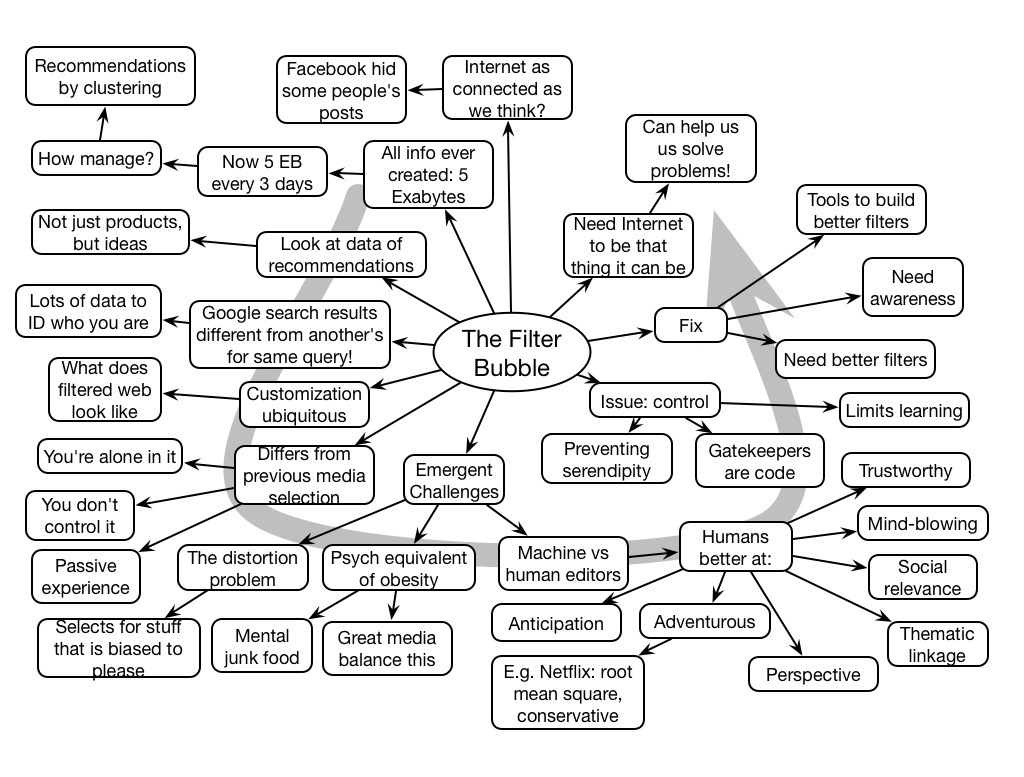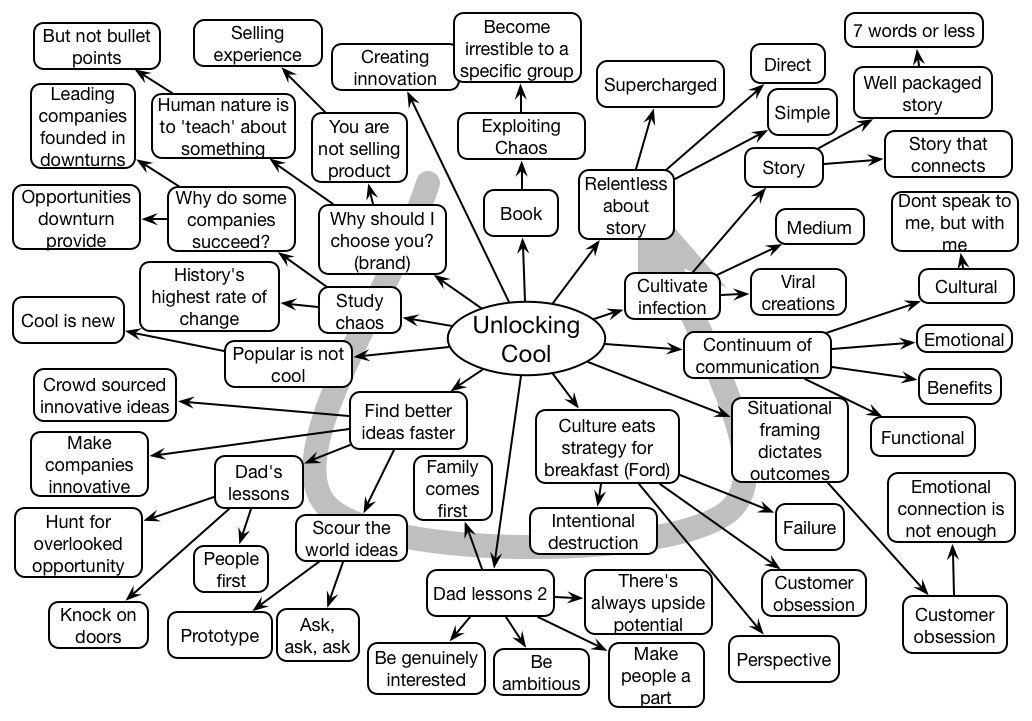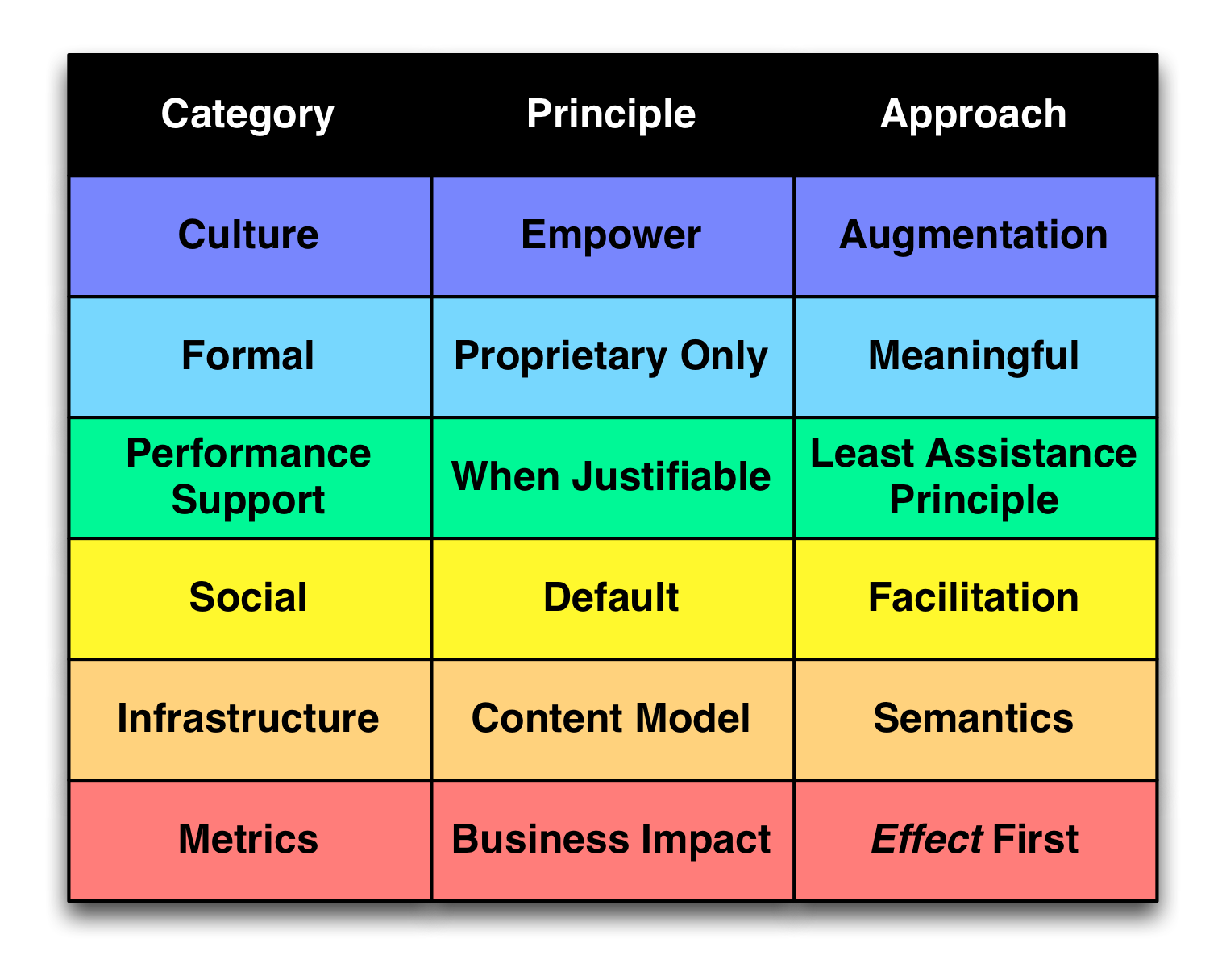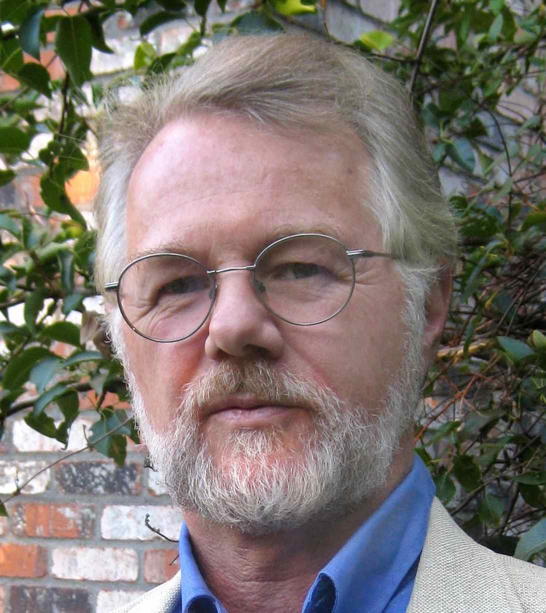Yesterday (as I post this), the legendary Tom Reeves capped a great session at #AECT (Association for Educational Communications and Technology). The session started with a passionate rationale by Dr. Ali Carr-Chellman about why we should worry about boys and school. Frankly, we’re not connecting school to their lives! She was followed by Dr. David Wiley, who explained how his passion for Open Educational Resources wasn’t just ethical, but practical. Dr. Tom Reeves presented a story which serendipitously integrated the two previous sessions into a coherent whole.
Tom was presenting the case for educational design research (aka design-based research). By analogy to Atul Gawande’s work, and an example about the rapid uptake of anesthesia and slow uptake of antiseptics, Tom made the case how adoptions of innovations depend on factors of relevance to audiences, ease of use by practitioners, and time-frames of results.
His point was that doing some educational research is doable, fruitful, but has little impact. His desire, instead, was to have impact and do the hard yards to achieve it. Design research works by focusing on meaningful outcomes, going deep to figure it out, and reflecting on theory as an outcome. This is in opposition to research on small points that can easily be conducted, generates significant results, but doesn’t get applied.
I have to say that I’ve been a fan of this approach since reading about it (and have been practicing it even before it had a label), but it’s nice to have this respected figure across decades of research help point the way. We can, and should, be following his example. If we’re not shooting to have an impact, what are we doing? It’s not the easy path, but it’s the right one. If you really care, you should be going this way. If you don’t, why are you here?
